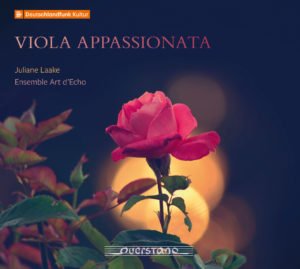Nothing has lifted and inspired artists of all ages as much as love. Whether the object of adoration is the Virgin Mary or the beautiful girl next door, whether it leads to hellish despair or blissful contentment – it is always love that gives rise to the most magnificent works, and this also holds true for music.
In sixteenth-century Italy, the madrigal was the musical expression of this devotion. For the first time in music history, composers sought to portray, vividly and directly, all the events and emotions contained within a text. Compositional models were born, a canon of stylistic devices that became known as madrigalism – prominent rhythmic, harmonic, chromatic, and other unusual features that, in the manner of tone painting, illustrate the text and elicit in most people the same feelings and associations.
Fundamentally a secular polyphonic vocal genre without any formal constraints other than the greatest possible expressiveness (in contrast to the rigorously-censored church music of this age of the Catholic Counter-Reformation), the madrigal offered Renaissance composers considerable creative leeway in their musical settings. The genre thus served as a touchstone for composers, and a number of genuine masterpieces were written which, even decades later, inspired others to compose instrumental arrangements that were no less outstanding. These are the focus of this recording.
From the very beginning, the genre was open to every instrumentalist, whether in an ensemble or as a soloist. Since it is clear that instrumentalists of the time approached the written “word” with much less respect than musicians today (improvisation and ornamentation being an integral part of the code of the Renaissance musician), the sixteenth and seventeenth centuries saw an increasing number of scholarly treatises that sought to curb these unruly and (at times) self-indulgent practices, urging moderation in the use of embellishments and improvisation as well as the incorporation of technical rules – in other words, respect for the work and its author.
Juliane Laake, August 2017

